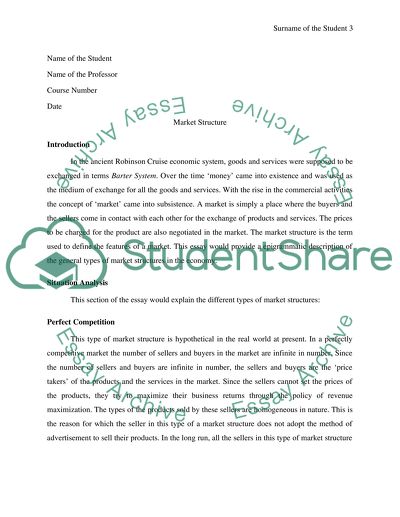Cite this document
(“Term paper - micro eco Example | Topics and Well Written Essays - 1250 words”, n.d.)
Term paper - micro eco Example | Topics and Well Written Essays - 1250 words. Retrieved from https://studentshare.org/macro-microeconomics/1493496-term-paper-micro-eco
Term paper - micro eco Example | Topics and Well Written Essays - 1250 words. Retrieved from https://studentshare.org/macro-microeconomics/1493496-term-paper-micro-eco
(Term Paper - Micro Eco Example | Topics and Well Written Essays - 1250 Words)
Term Paper - Micro Eco Example | Topics and Well Written Essays - 1250 Words. https://studentshare.org/macro-microeconomics/1493496-term-paper-micro-eco.
Term Paper - Micro Eco Example | Topics and Well Written Essays - 1250 Words. https://studentshare.org/macro-microeconomics/1493496-term-paper-micro-eco.
“Term Paper - Micro Eco Example | Topics and Well Written Essays - 1250 Words”, n.d. https://studentshare.org/macro-microeconomics/1493496-term-paper-micro-eco.


